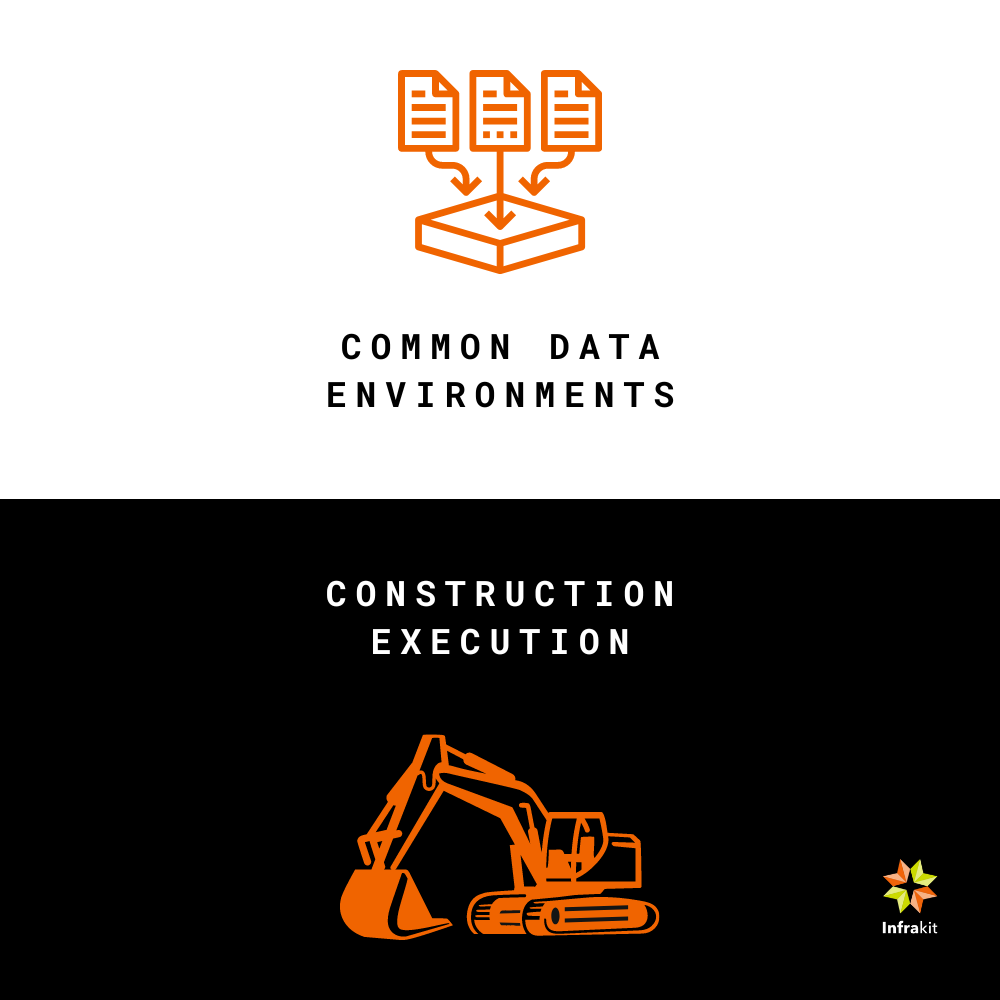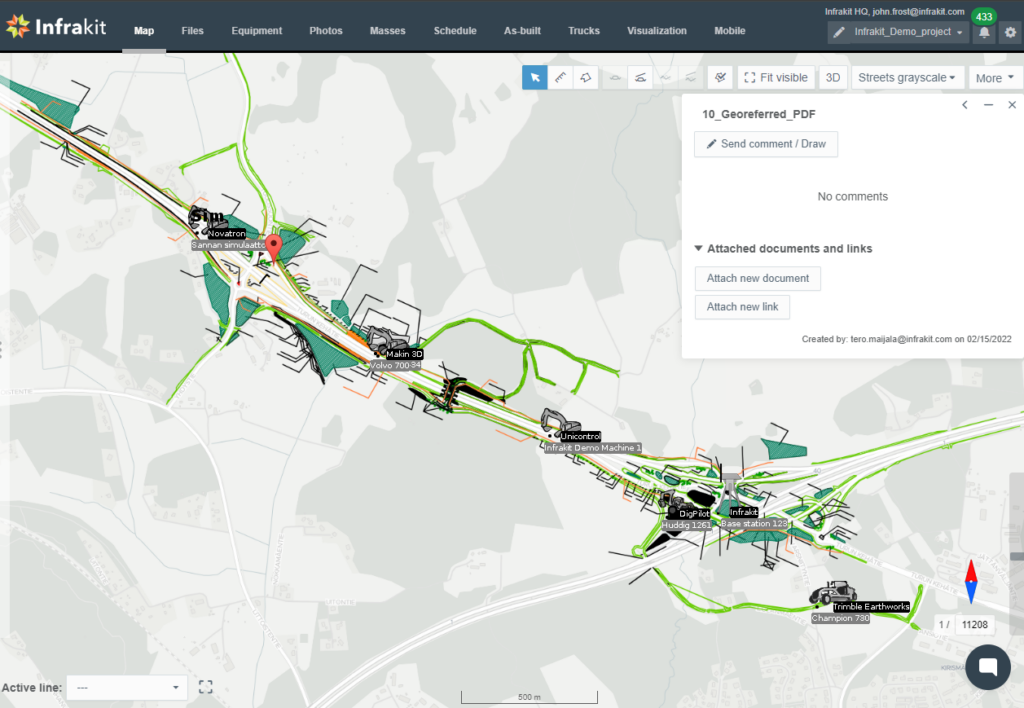Exploring the Distinctions: Common Data Environments (CDEs) vs. a Construction Execution Platform like Infrakit
Understanding the nuances between a Common Data Environment (CDE) and a full, end-to-end construction execution platform like Infrakit is crucial for industry professionals. While both systems serve essential roles in the management of construction projects, they cater to different needs and have distinct functionalities.
Common Data Environment (CDE): The Information Hub
A CDE is primarily an information management system. It serves as a single source of truth, where all project data, including documents, drawings, and models, are stored, managed, and shared. The key strengths of a CDE include:
Data Consolidation: It streamlines data management by consolidating all project information in one place, reducing data silos.
Access Control: A CDE offers robust access control mechanisms, ensuring that the right people have the right information at the right time.
Version Control: It tracks changes and maintains version history, which is critical in managing revisions and avoiding conflicts.
Despite these strengths, a CDE has limitations:
Limited Scope: It primarily focuses on data management and does not encompass the broader spectrum of project execution processes.
Reactivity vs. Proactivity: CDEs are often reactive, focusing on documentation and record-keeping, rather than proactive project management.
Infrakit: The Construction Execution Platform
In contrast, Infrakit provides a comprehensive construction execution platform. It not only manages data but also facilitates the actual daily (even hourly!) workings of construction projects, all in a map-based cloud environment. Key differences include:
Integrated Project Management: Infrakit offers tools for a complete, up-to-date view of the actual project works along with masses and scheduling which supports budgeting, and resource allocation.
Real-time Collaboration: Infrakit enables real-time communication and collaboration, essential for timely decision-making, especially between multiple stakeholders from different aspects of the project like designers, survey teams, site managers, and owners.
Field Data Integration: Infrakit combines field-collected data from machines, survey equipment, and mobile devices, providing a dynamic view of the project’s progress and enabling proactive, real-time management.
Integrations with Existing Systems: Infrakit has the most integrations with other construction technology solutions so that multiple data streams are consolidated in a single view – machine productivity is therefore combined with quality assurance to be able to answer key questions like: “How much have we done and how much do we have left to do?” and “Are we doing the right things and are we doing the things, right?”.
While Infrakit can be the CDE (where none currently exists) or replace some CDE’s, to be clear, it does not necessarily need to replace a CDE, especially if another CDE is already in place. It is better to think of Infrakit as complementing a CDE.
Conclusion
While a CDE excels in centralized data management, providing a foundational layer for information handling, Infrakit takes a more holistic approach. The platform not only manages data but also integrates various aspects of project management, from planning to execution, especially with critical real-time collaboration, and real-time survey data. Choosing between the two depends on the specific needs of a project – whether the focus is on robust data management or a comprehensive, execution-focused solution. Ultimately, the integration of both can lead to a more efficient, effective construction process.
Book time with our experts to discover how these solutions can be leveraged for improved efficiency and success in your next construction project.
John Frost
April, 2024


